How to build doughnuts with Lego blocks
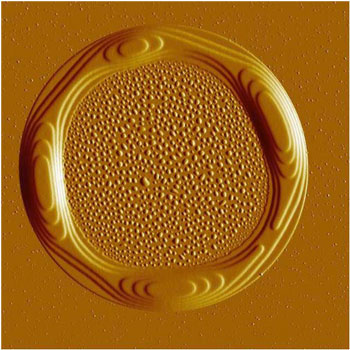 Complex polymer rings with breathtaking nanoscale architecture revealed.
Complex polymer rings with breathtaking nanoscale architecture revealed.
Dec 21st, 2011
Read more
 Complex polymer rings with breathtaking nanoscale architecture revealed.
Complex polymer rings with breathtaking nanoscale architecture revealed.
Dec 21st, 2011
Read moreConcerned by the growing body of scientific reports cautioning against the unregulated use of nanotechnology in consumer products, a coalition of nonprofit consumer safety and environmental groups sued the Food and Drug Administration (FDA) today. The case is the first lawsuit over the health and environmental risks of nanotechnology and nanomaterials.
Dec 21st, 2011
Read moreA team of scientists has reported the preparation of biodegradable, water-soluble polymers that can be loaded with the cancer drug Paclitaxel and injected directly into tumor tissues.
Dec 21st, 2011
Read more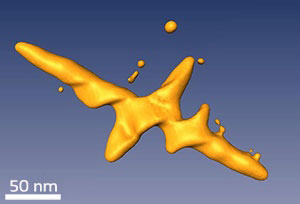 Researchers have developed gold plasmonic nanocrosses that are particularly suited to eliminating cancer cells in cancer therapy. The team demonstrated the usefulness of these nanocrosses by using them to kill human lung cancer cells.
Researchers have developed gold plasmonic nanocrosses that are particularly suited to eliminating cancer cells in cancer therapy. The team demonstrated the usefulness of these nanocrosses by using them to kill human lung cancer cells.
Dec 21st, 2011
Read moreVertical silicon nanowires prove to be an excellent platform for nonvolatile memory devices without the need for doped junctions.
Dec 21st, 2011
Read moreBerkeley Lab researchers use nanophotonics for optical look inside living cells.
Dec 20th, 2011
Read more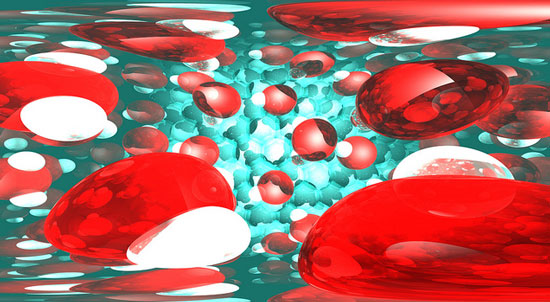 Catalysts are one of those things that few people think much about, beyond perhaps in high school chemistry, but they make the world tick. Almost everything in your daily life depends on catalysts: cars, Post-It notes, laundry detergent, beer.
Catalysts are one of those things that few people think much about, beyond perhaps in high school chemistry, but they make the world tick. Almost everything in your daily life depends on catalysts: cars, Post-It notes, laundry detergent, beer.
Dec 20th, 2011
Read more An international research team headed by DESY scientists from the Center for Free-Electron Laser Science (CFEL) in Hamburg, Germany, has recorded the shortest X-ray exposure of a protein crystal ever achieved. The incredible brief exposure time of 0.000 000 000 000 03 seconds (30 femtoseconds) opens up new possibilities for imaging molecular processes with X-rays.
An international research team headed by DESY scientists from the Center for Free-Electron Laser Science (CFEL) in Hamburg, Germany, has recorded the shortest X-ray exposure of a protein crystal ever achieved. The incredible brief exposure time of 0.000 000 000 000 03 seconds (30 femtoseconds) opens up new possibilities for imaging molecular processes with X-rays.
Dec 20th, 2011
Read more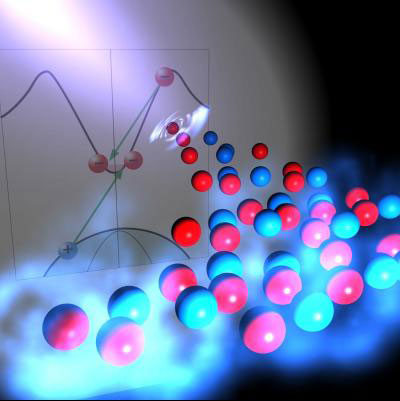 Findings point to advances in transistor and solar cell development.
Findings point to advances in transistor and solar cell development.
Dec 20th, 2011
Read moreUK scientists create a functional model of the extracellular matrix which could lead to advances in regenerative medicine.
Dec 20th, 2011
Read more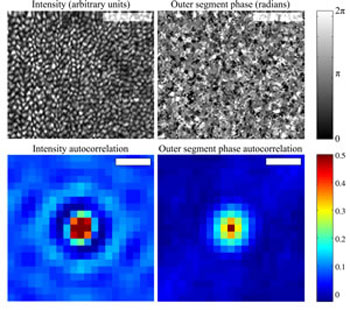 Phase-sensitive imaging of the outer retina using optical coherence tomography and adaptive optics.
Phase-sensitive imaging of the outer retina using optical coherence tomography and adaptive optics.
Dec 20th, 2011
Read moreSize matters... but apparently so does shape - when it comes to conducting heat in very small spaces.
Dec 20th, 2011
Read more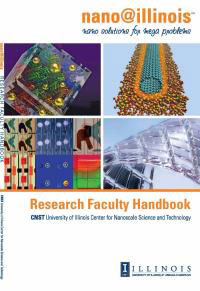 The Center for Nanoscale Science and Technology (CNST) released the inaugural version of the nano@illinois Research Faculty Handbook, featuring information on more than 150 U of I nanotechnology researchers and collaborators and also highlights some of the leading micro and nanotechnology laboratories and federally-funded multidisciplinary centers.
The Center for Nanoscale Science and Technology (CNST) released the inaugural version of the nano@illinois Research Faculty Handbook, featuring information on more than 150 U of I nanotechnology researchers and collaborators and also highlights some of the leading micro and nanotechnology laboratories and federally-funded multidisciplinary centers.
Dec 20th, 2011
Read more A noble metal nanoparticle catalyst for fuel cells is prepared using atomic layer deposition. This ALD method for manufacturing fuel cells requires 60 per cent less of the costly catalyst than current methods.
A noble metal nanoparticle catalyst for fuel cells is prepared using atomic layer deposition. This ALD method for manufacturing fuel cells requires 60 per cent less of the costly catalyst than current methods.
Dec 20th, 2011
Read moreThe "Deutscher Zukunftspreis 2011" was won by a team comprising existing and former Fraunhofer researchers. Professor Karl Leo, Dr. Jan Blochwitz-Nimoth and Dr. Martin Pfeiffer were honored for their pioneering achievements in the field of organic electronics.
Dec 20th, 2011
Read moreTo explore the future potential of diamonds in quantum devices, researchers from Macquarie University have collaborated with the University of Stuttgart and University of Ulm in Germany towards developing new sensors based on the common defect found in the diamond structure known as the nitrogen-vacancy center.
Dec 20th, 2011
Read more